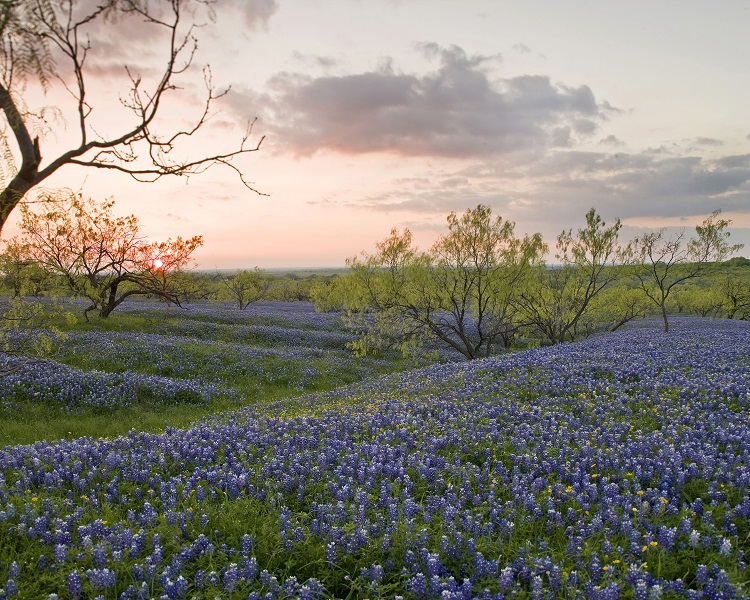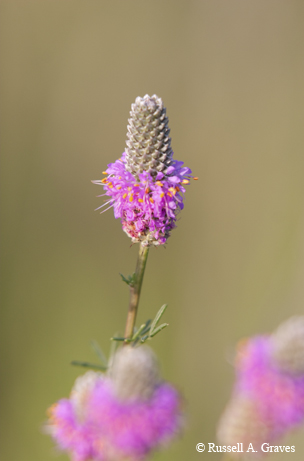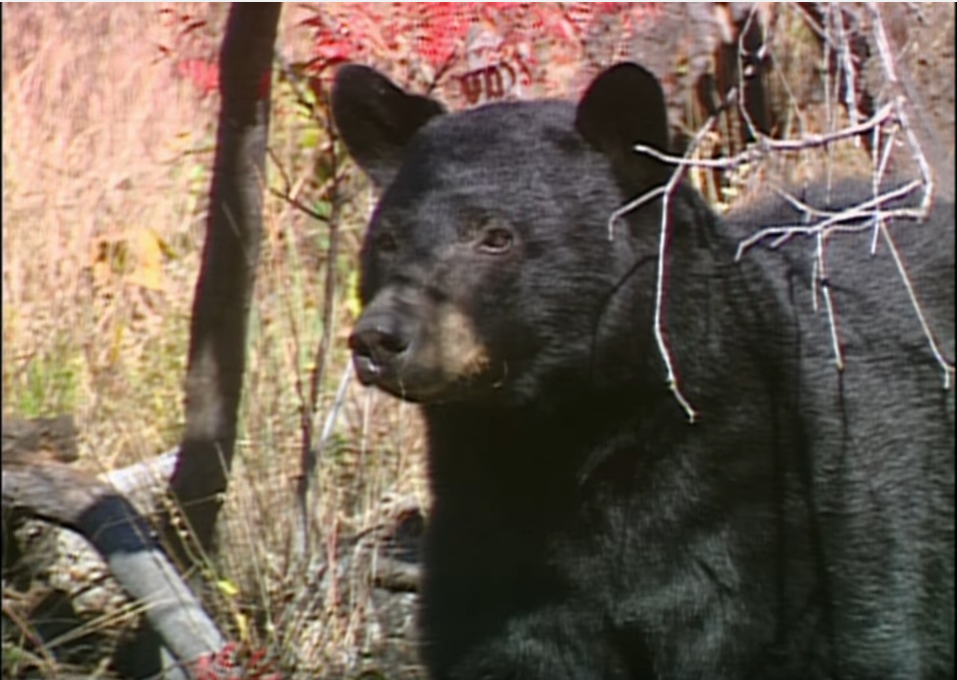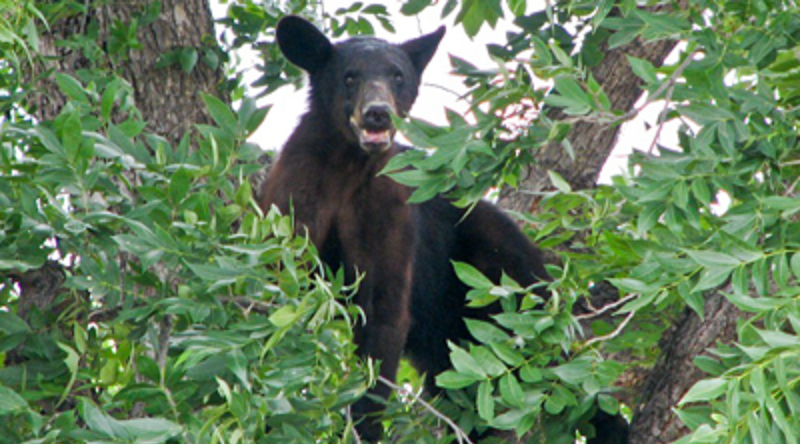Wildflowers for Truth and Beauty
Friday, March 24th, 2017This is Passport to Texas
Texas roadsides will soon be awash in colorful wildflowers. Dr. Damon Waitt, director of the North Carolina Botanical Garden, formerly of the Ladybird Johnson Wildflower Center, says these and other native plants have a place in the natural and built landscapes.
Natives provide really important ecosystem services for local wildlife, pollinators.
They filter storm water and rainwater, so they provide all these services to the ecosystem, and they can provide similar services in the built landscape, and reduce things like water use, pesticide use and fertilizer use.
In addition, they have the aesthetic qualities that we want people to learn to appreciate, so they’re not looking for that next exotic ornamental—that they ‘re more interested in finding that next native plant that looks great and functions perfectly in their environment.
There are a lot of people who might look at wildflowers and native plants and say, gosh, how do those fit into my idea of a formal landscape.
That’s something we’re really trying to fight—that concept that if you’re a native plant enthusiast, then your yard must look wild and unkempt. At the wildflower center, we model different design styles using native plants, and you can use native plants in very high designs and very formal designs if that’s the look you’re going for.
Find plants that are right for you at wildflower.org.
That’s our show for today… Funding provided in part by Ram Trucks. Guts. Glory. Ram
For Texas Parks and Wildlife…I’m Cecilia Nasti.
NOTE: Due to the rain and warm weather, spring wildflowers started popping out about a month earlier than usual. So get out there soon to enjoy them before they’re gone.







 Passport to Texas is a
Passport to Texas is a  Passport to Texas is made available by:
Passport to Texas is made available by: